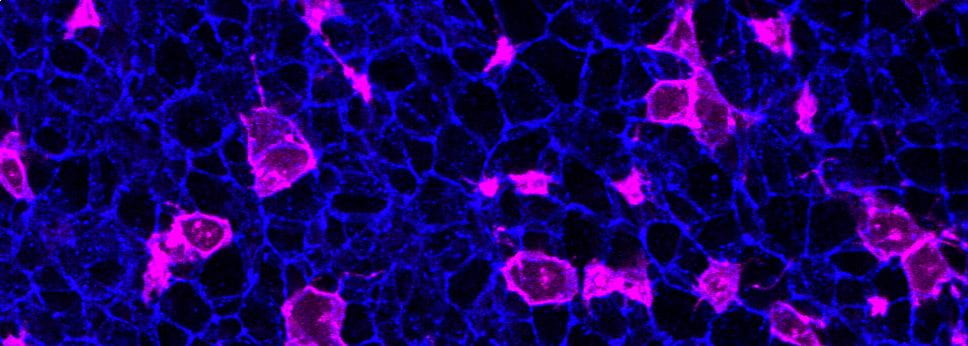Uninherited mutations can cause spina bifida
By Gabriel Galea, on 19 February 2021
Our latest research, published in Nature Communications, reveals that spinal cord formation is exquisitely susceptible to mutations which happen during embryo development. We find that mutating one gene, called Vangl2, in just 16% of developing spinal cord cells is enough to cause spina bifida in mice. This is because each mutant cell interferes with the normal function of its neighbours. These mutations are not inherited from either parent, and would not be passed on to the individuals’ children.
We already knew that uninherited (“somatic”) mutations in genes which interact with Vangl2 can be found in 15% of individuals who have spina bifida (previous paper here), but we did not know if these rare mutations were enough to cause such a severe birth defect. We now need to improve diagnostic testing methodology in order to find these mutations without needing to cut out patient tissue.
You can read a lay interpretation of our study here.

 Close
Close


